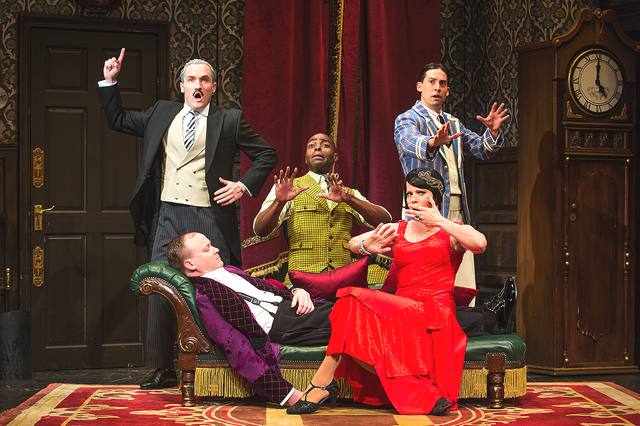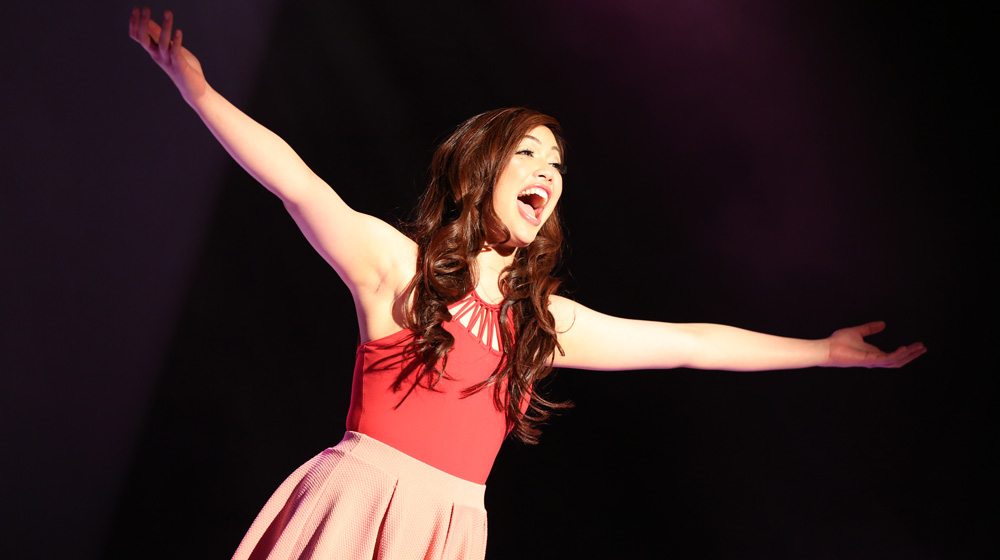The inclusion of humour is a significant move that either makes or breaks an entire play. If the writers are well equipped to deliver lines that make people think and laugh, then things will head in the right direction. If not, then the entire production will fall short, and the outcome would involve the factors that were least expected. Throughout history, we have numerous examples of Broadway productions that were funny and not so funny. So today, we decided to look into the former by talking about “The Play That Goes Wrong”. Hence, go ahead and learn more about the same.
1. A Different Set
Unlike Broadway’s usual line of performances, The Play That Goes Wrong takes a different turn into the matter. Writers Henry Lewis, Henry Shields and Jonathan Sayer have brought in their A-game to the matter. Right from the moment the audience is exposed to the backstage till the very last scene, people laughed and cheered for lines that tickled their funny bone. By creating a unique form of difference, the creators were able to achieve something extraordinary that is well remembered to this day.
2. Comic Ability

Another great feature of this particular play was the ability to display things in a funny manner. The different kinds of characters that it brought on stage were able to push a thing or two towards the story and make people laugh. This effortless form of portrayal can be considered to be a significant highlight apart from the great story. Towards the end, people were clear about the play and wanted to watch it again for the second time. Hence, all applauses go towards the comic ability of the performers.
3. Chaos
The direction in which the play proceeds is another element that everyone keeps talking about. Thanks to the setting, a uniformed form of chaos becomes a part of the story as characters are confused. The unconscious leading lady, actors who trip over anything and everything and a corpse that can’t play dead are a part of the entire process that manages to captivate the experience of watching The Play That Goes Wrong. As all these elements begin to unfold, your mind will also start to create an alternate ending based on all that you have seen. But the end will blow your mind because things happen when you least expect it.
4. Critics
Revives provided by critics is a major factor that people take into consideration before watching a play. In that manner, The Play That Goes Wrong was able to receive a good scorecard as it was noted for being funny and helping everyone leave the show with a smile on their face. While “Variety” classified it to be “Comic Gold”, Cindy Adams, New York Post described it as “Nothing Is As Fall-Down Funny!”. So when you sum these points, you are left with the right clue about a play that kept the ticket counters busy and provided the audience with an experience of a lifetime.



